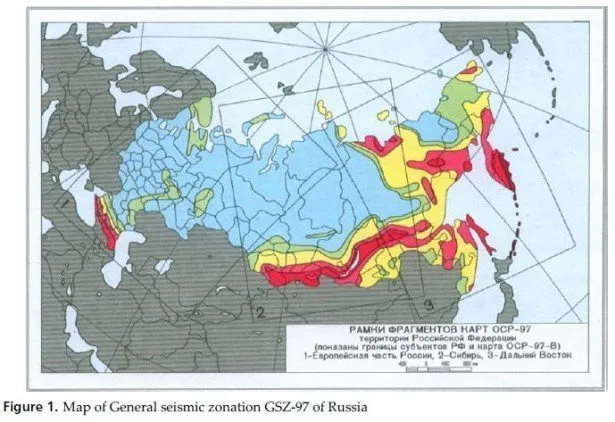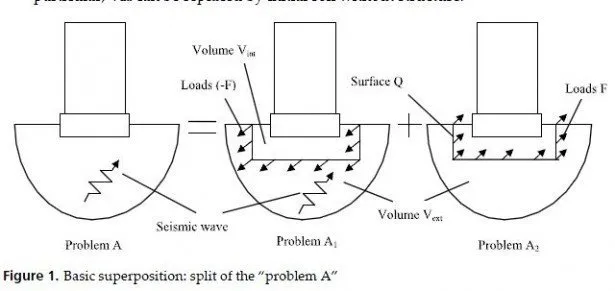After classifying the bridge embankments to category A, category B, or category C in accordance with the criteria listed in Table 2, a prioritization within each category is carried out based on the significance of the three ranking parameters. For instance, the higher the displacement of an embankment in category A, the higher its seismic risk, and thus it is assigned a higher priority or ranking. The same applies for the prioritization of the embankments in category B. On the other hand, the lower the (C/D)min. ratio of an embankment in category C, the higher its seismic risk, and thus it is assigned a higher priority or ranking.
Having completed the classification and categorization of all embankments in a certain region due to an anticipated seismic event, the embankment prioritization in each category becomes a feasible task. This proposed ranking model is useful for a quick sensitivity assessment of the effect of various site conditions, earthquake magnitudes, and site geometry on possible movement of a designated embankment. Since the intent of the provided ranking model is to compare the seismic risk of the several embankments, regardless of the existence of highly accurate input data in the ranking model, it is the authors recommendation to further conduct detailed assessments of the behavior of those at-risk embankments. In such detailed assessments, accurate data from sub-soil explorations is to be incorporated. Eventually, a priority list for the seismic risk of all the considered embankments can be prepared, which enables decision makers to take appropriate actions.



